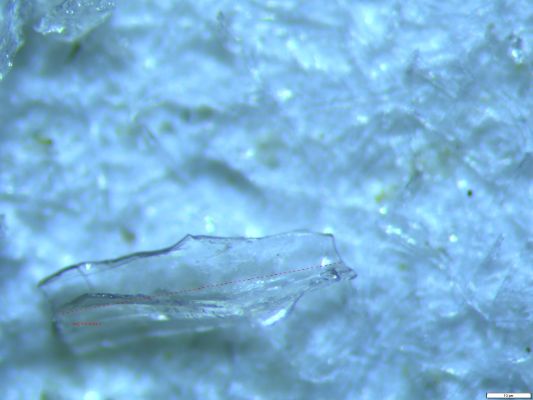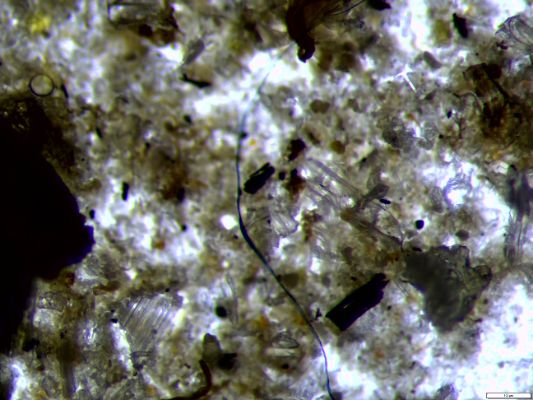Marine Researchers Find Microplastics In Bay Of Plenty Shellfish
Microplastics have been found in extremely high levels across the Bay of Plenty moana with sediment and shellfish found full of tiny plastic particles, University of Waikato researchers say.


The discovery comes as the Government last week announced it would move to ban some plastic products by 2025.
Master of Science student, Anita Lewis, presented findings of her research at the New Zealand Marine Sciences Society Conference held at the University of Waikato’s Tauranga campus this week.
Tiny plastic particles were found in every sediment sample she took from across the region, between Tauranga Harbour and the eastern coast to Maketu and Ōpōtiki. There was not one area sampled where microplastics were not present and particularly high levels were found in shellfish, including Tuatua, Cockles and Wedge Shells.
Environment Minister David Parker announced last week from late 2022 PVC meat trays, polystyrene takeaway packaging and degradable plastic products will not be allowed and by mid-2025 all other PVC and polystyrene food and drink packaging will be outlawed.
The ban also includes single-use plastic items such as drink stirrers, cotton buds, single-use produce bags, cutlery, plates and bowls, straws and fruit labels.
Ms Lewis, who received a $23,000 Tauranga Campus Research Masters Scholarship to fund her study, said her research findings were alarming, illustrating the impact plastics were having not only on our marine environment, but potentially human health.
“Kaimoana (seafood) gathering in New Zealand is common practice and this research is showing microplastics and nano-plastics are now bioaccumulating in our food chain.”
She said banning single use plastics was an important step, but more research was needed to understand the problem. Her work is one of only three pieces of research undertaken on microplastics in New Zealand.
The highest density of microplastic particles (up to 11087.9 per m2) were observed at sites that were close to municipal outfalls and populated areas. She said many microplastics enter the marine environment via treated wastewater.
“While filtering large pieces of plastic, the membranes in the treatment plants also act like abrasives on small microplastics, making them even smaller and turning them into nano-plastics as they go through the system,” she said.
Along with banning single use plastics she said more work could be done including investigating the use of different filters in household washing machines and investigating different types of membranes for use in wastewater treatment plants.
More than 400 scientists, iwi, and marine environmental stakeholders from universities, Crown Research Institutes and organisations have gathered at the conference this week to discuss how New Zealand can protect and sustainably harness the economic potential of our marine environment.


 Retail NZ: Citizens’ Arrests Will Worsen Violence In Stores
Retail NZ: Citizens’ Arrests Will Worsen Violence In Stores Science Media Centre: NZ’s Breast Cancer Rates Are Some Of World’s Highest – Expert Reaction
Science Media Centre: NZ’s Breast Cancer Rates Are Some Of World’s Highest – Expert Reaction FIRST Union: Evolution Traffic Management Collapse Highlights NZ’s Impending Infrastructure Crisis
FIRST Union: Evolution Traffic Management Collapse Highlights NZ’s Impending Infrastructure Crisis Antarctica New Zealand: Scott Base Is Calling
Antarctica New Zealand: Scott Base Is Calling Stats NZ: Retail Activity Up In The December 2024 Quarter
Stats NZ: Retail Activity Up In The December 2024 Quarter ASB Bank: ASB Housing Confidence Survey - Optimism Persists, But Momentum Slows
ASB Bank: ASB Housing Confidence Survey - Optimism Persists, But Momentum Slows



